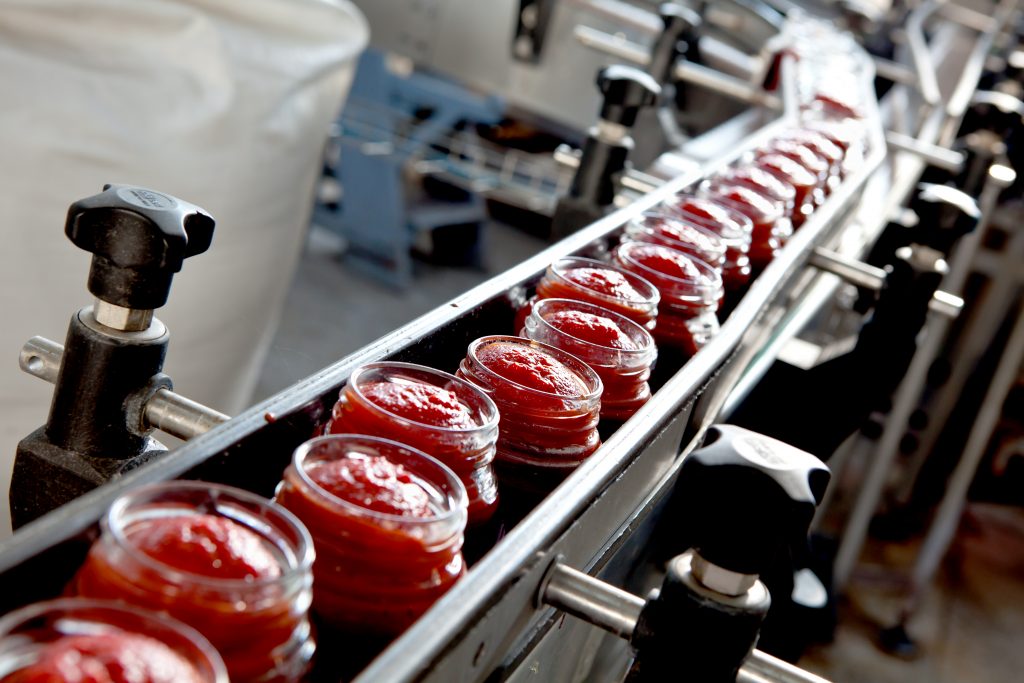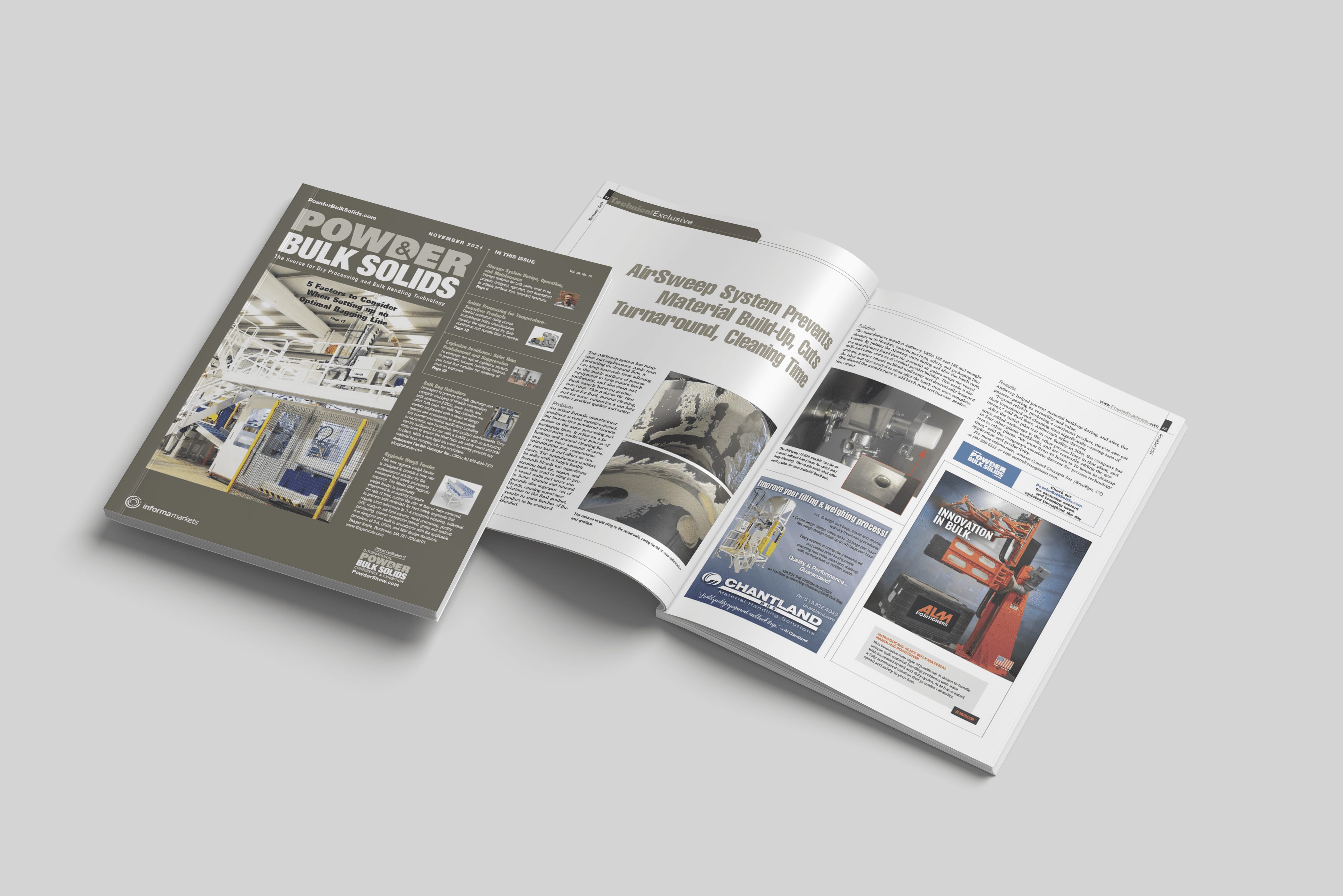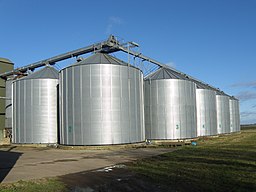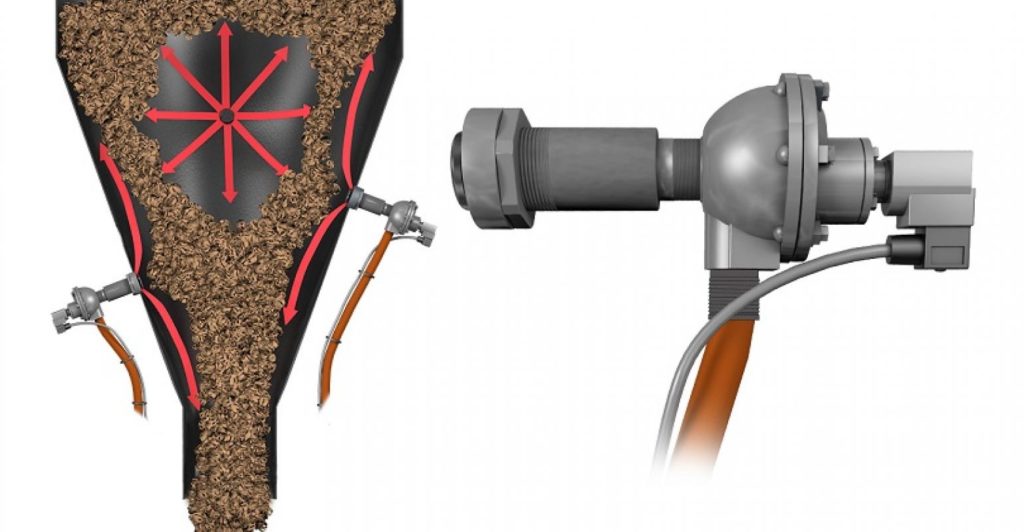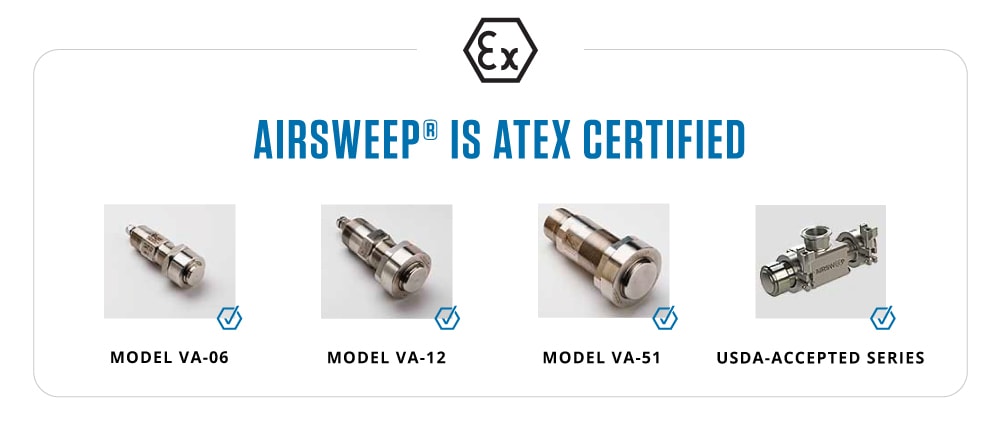How to Prevent Bridging in Material Hoppers (aka The Ketchup Effect)
Comments Off on How to Prevent Bridging in Material Hoppers (aka The Ketchup Effect)Have you ever struggled to get ketchup or any thick sauce out of a bottle? That’s the same issue that production facilities face when they try to move bulk solids or powders through bulk material hoppers. The bulk material becomes stuck, and production comes to a halt.
Unlike liquids, bulk solids and powders do not flow readily without intervention in material handling. Even some thick liquids like ketchup are notoriously challenging to handle. The bulk material clings to the vessel walls, or becomes more compact – also known as bridging.
What is bridging?
Bridging in material hoppers refers to the phenomenon where bulk materials, such as powders, granules, or pellets form an arch-like structure over the outlet. It stops the bulk material from flowing freely, which leads to several bulk material production problems:
- Need for manual material flow intervention to loosen the material
- Lower productivity and machine downtime
- Inconsistent product formulas
- Stagnant bulk material flow that can spoil or contaminate the next batch
- Bulk material waste from throwing away spoiled material or out-of-spec batches
What causes bridging in material hoppers?
- Know your bulk material’s flow properties. Choose non-cohesive materials whenever possible. If cohesive bulk materials are necessary, consider additives or treatments to reduce their cohesive properties.
- Control moisture. Implement proper moisture control measures to ensure the bulk material remains within the acceptable range for smooth flow. This might include using desiccants, heaters, or dehumidifiers.
- Select the right design of material hoppers. Select an appropriate hopper design based on the bulk material’s characteristics. Conical material hoppers with an angle between 50 to 60 degrees, and the right outlet size, can help promote steady material flow.
- Consider hopper liners. Using hopper liners made of low-friction materials like Teflon can help reduce bulk material adhesion and bridging.
- Use the right flow aid. Many manufacturers use industrial material flow aids to break up bulk material blocks and encourage regular, reliable flow. Aside from speeding up production, it prevents stagnant or spoiled material and the safety risks from manual intervention and cleaning.
Solve bridging in material hoppers with AirSweep
Preventing bridging in material hoppers is essential to ensure the continuous and efficient flow in industrial processes.
Both global brands and SMEs use AirSweep bulk material flow aid to get smooth, on-demand flow. AirSweep is a pneumatic bulk material flow aid that releases powerful, high-pressure air pulses that break up bridging and sweep the vessel walls clean. It is energy-efficient, requires very little maintenance, and has proven effective for even the toughest flow problems.
AirSweep can be installed on material hoppers as well as other process equipment like silos, chutes, conveyor belts, or any place where bulk material tends to hang up.
Since AirSweep uses aeration rather than vibration, it does not cause metal fatigue and damage small or thin material hoppers. AirSweep is also certified safe to use in hazardous and flammable environments, and there are models that are specifically designed for sanitary applications.
Contact us to find out more about AirSweep and how it can reduce bridging in your bulk material hoppers.

